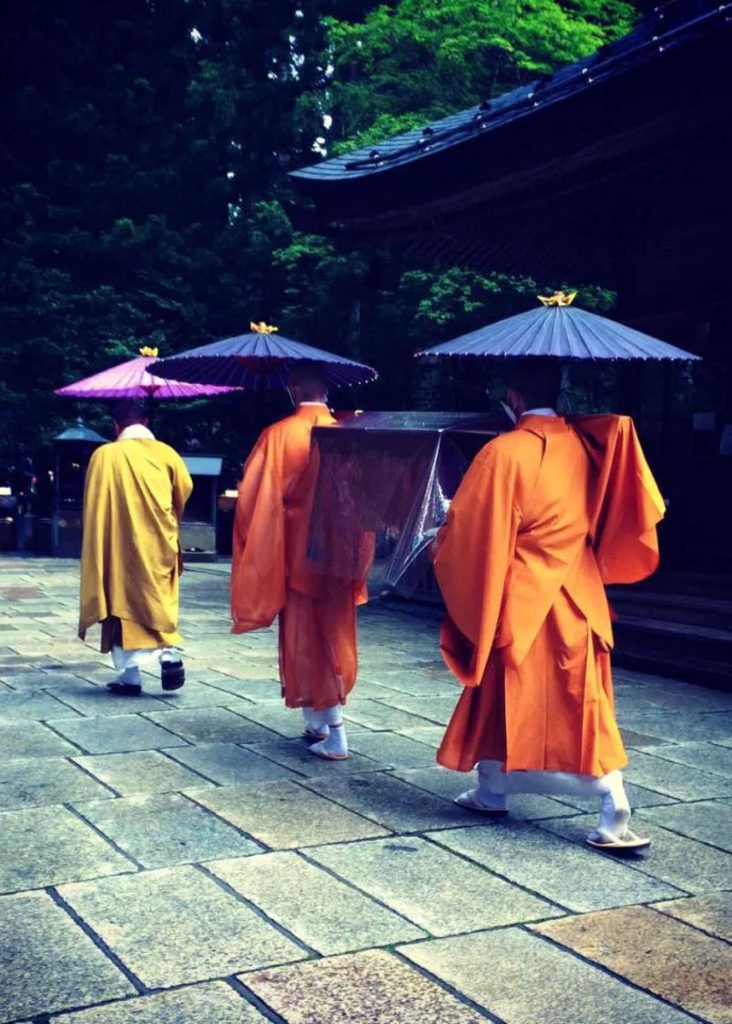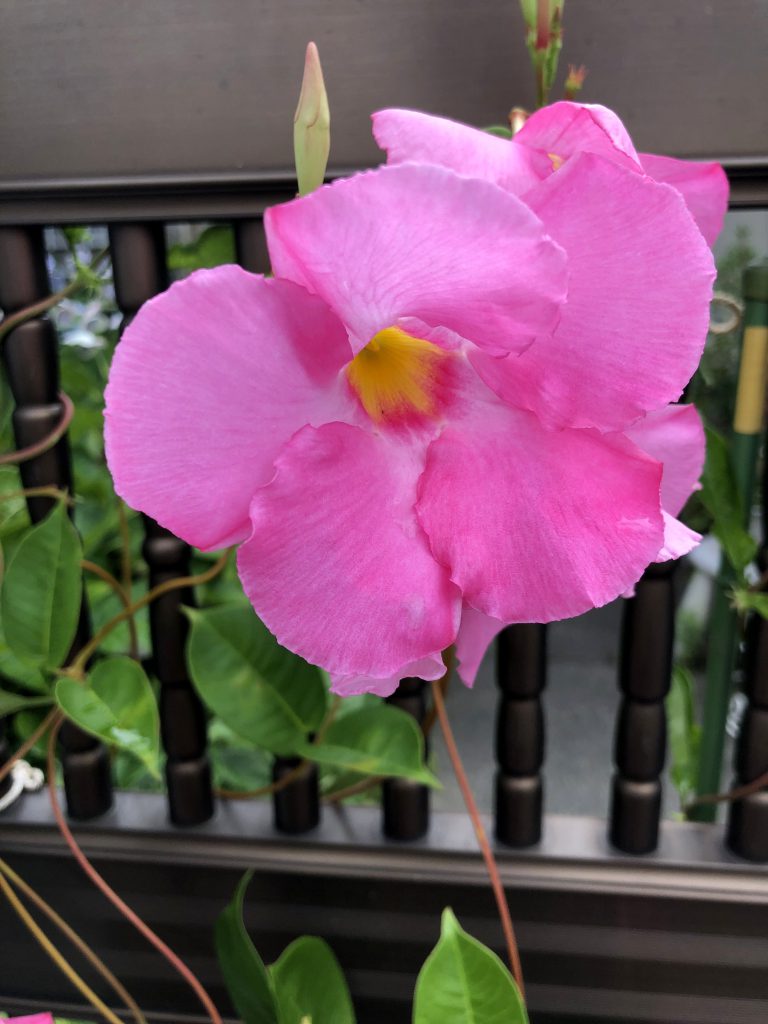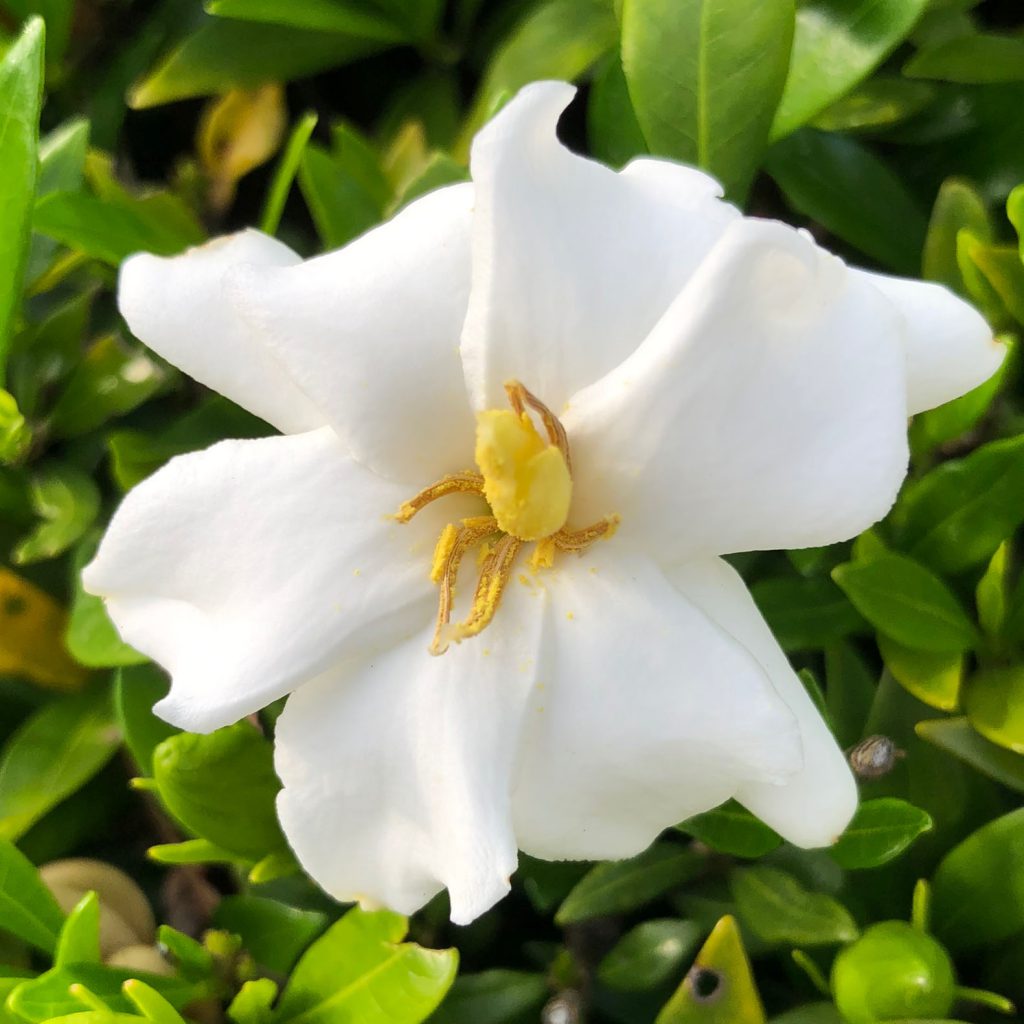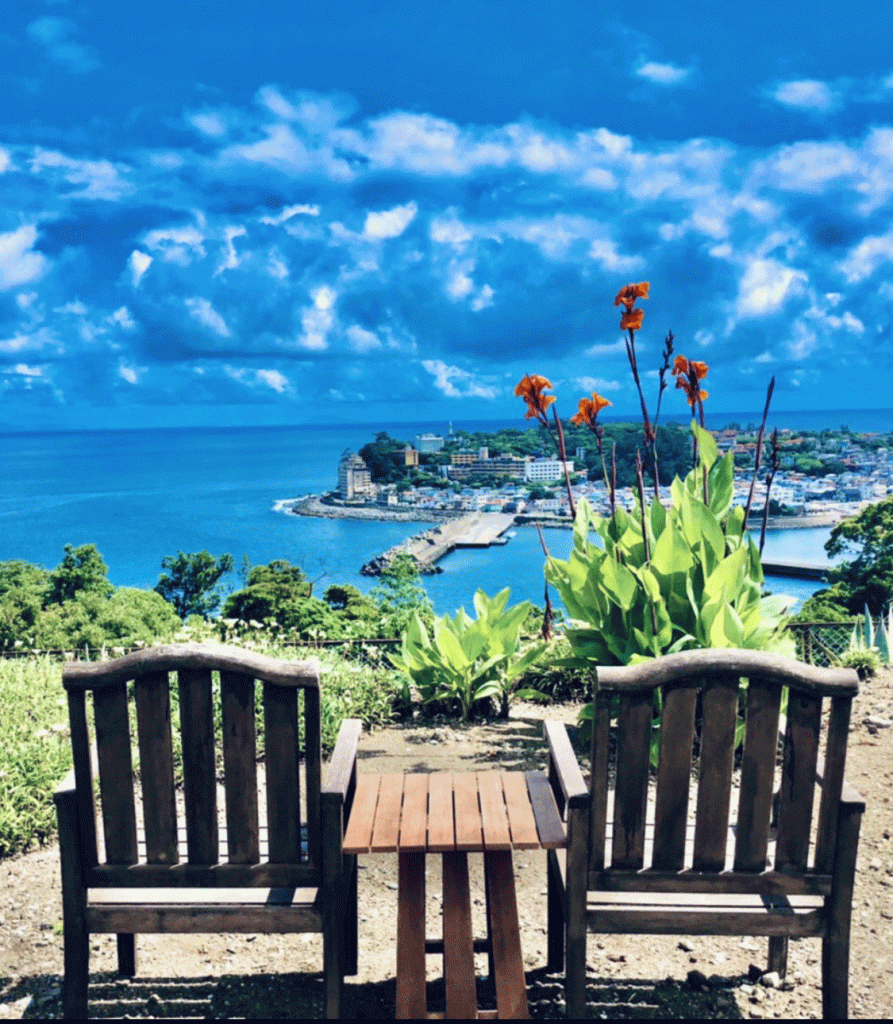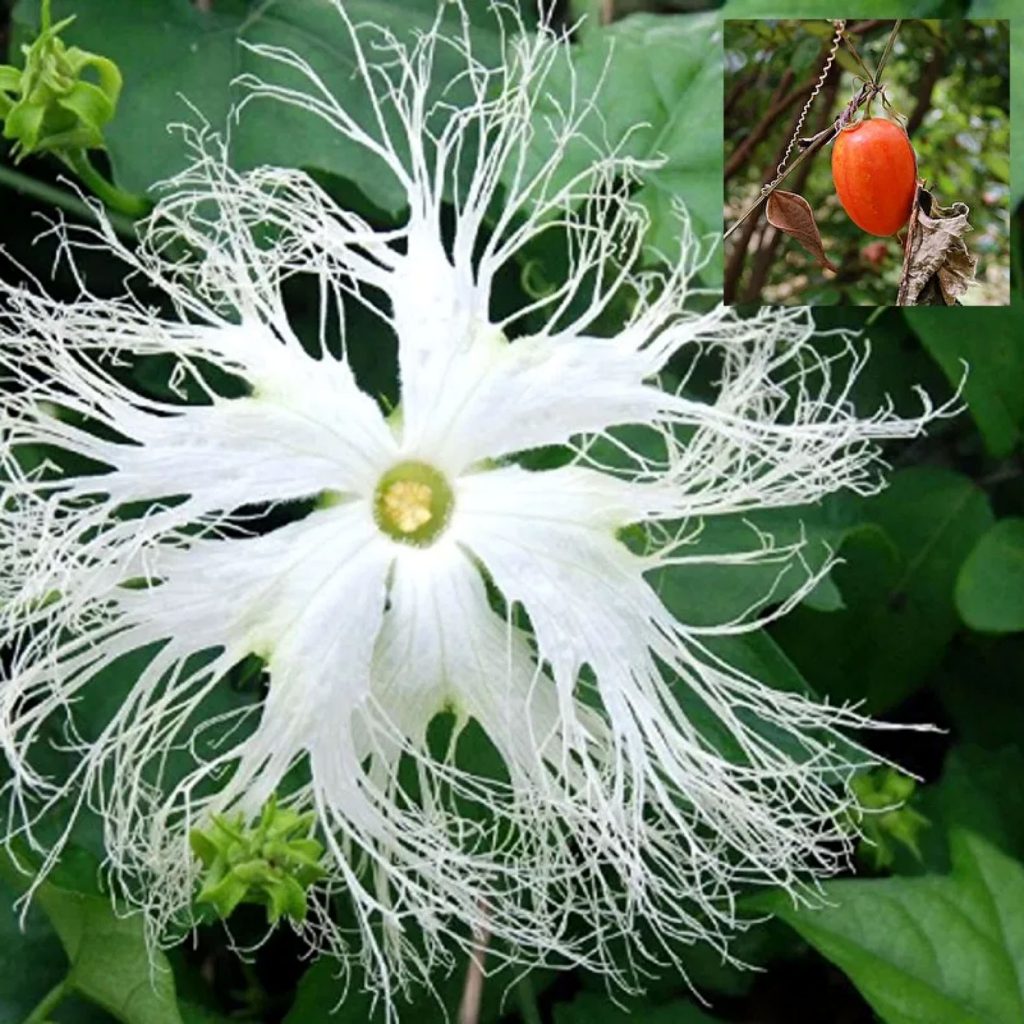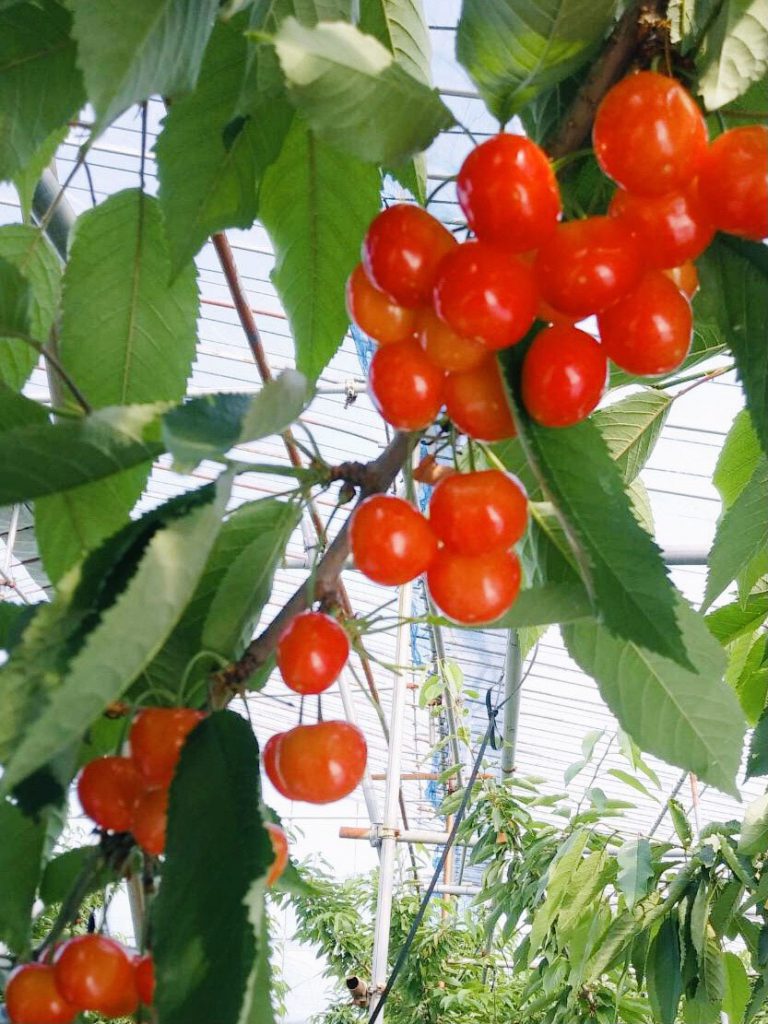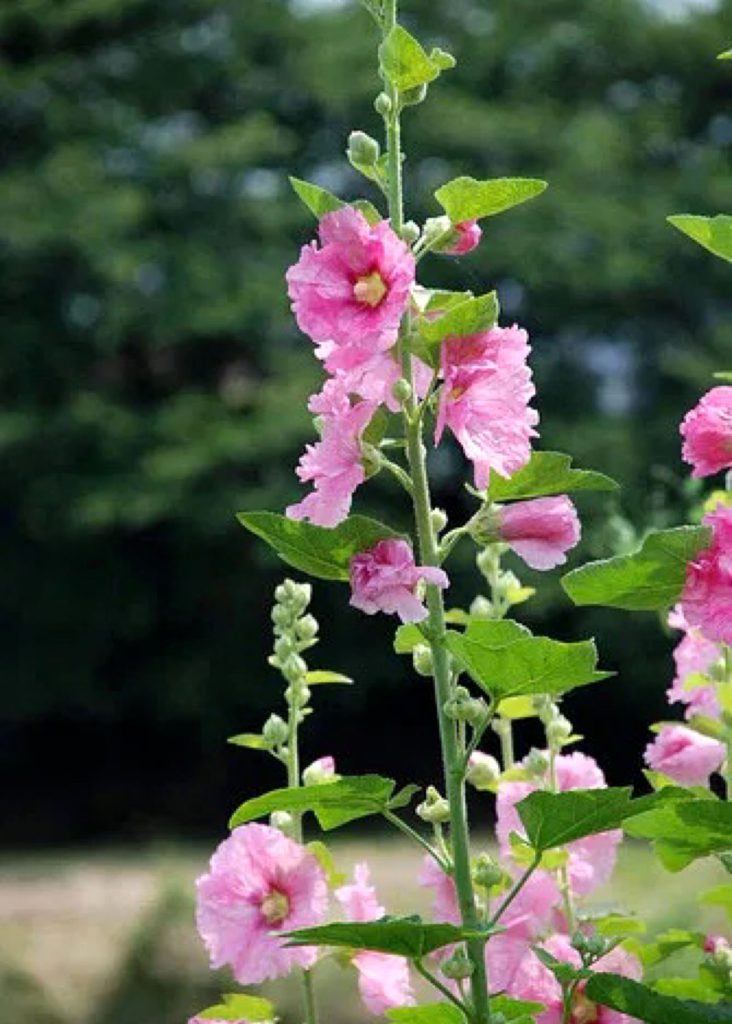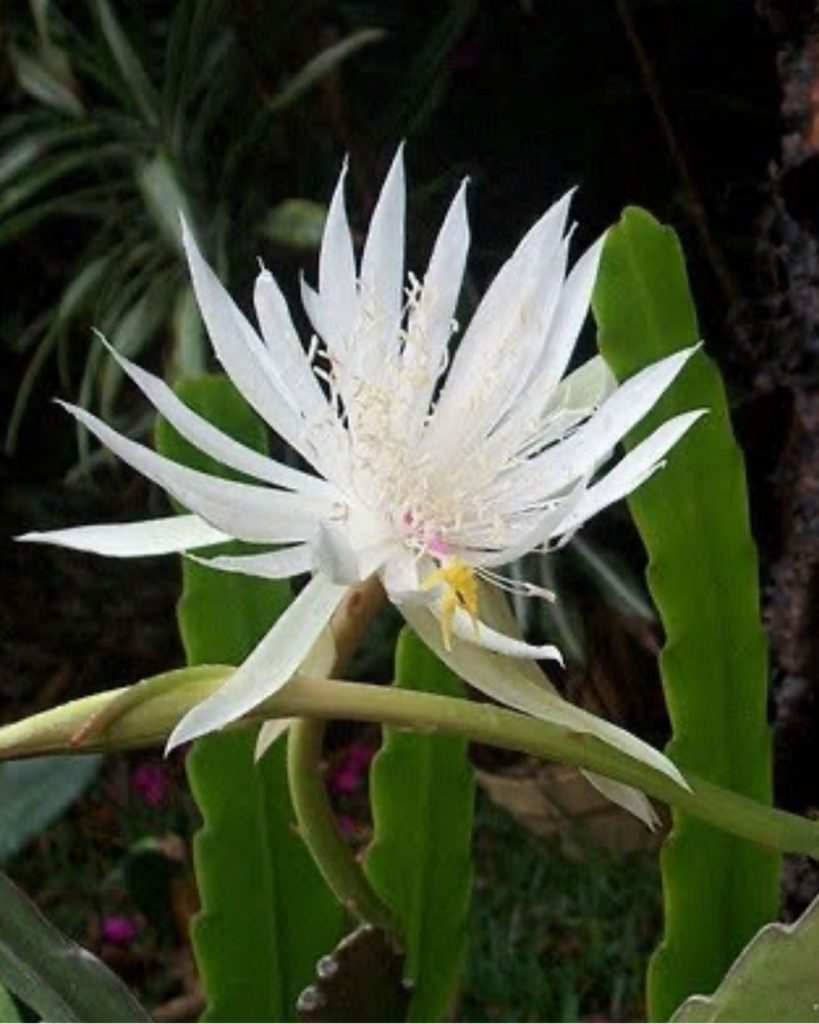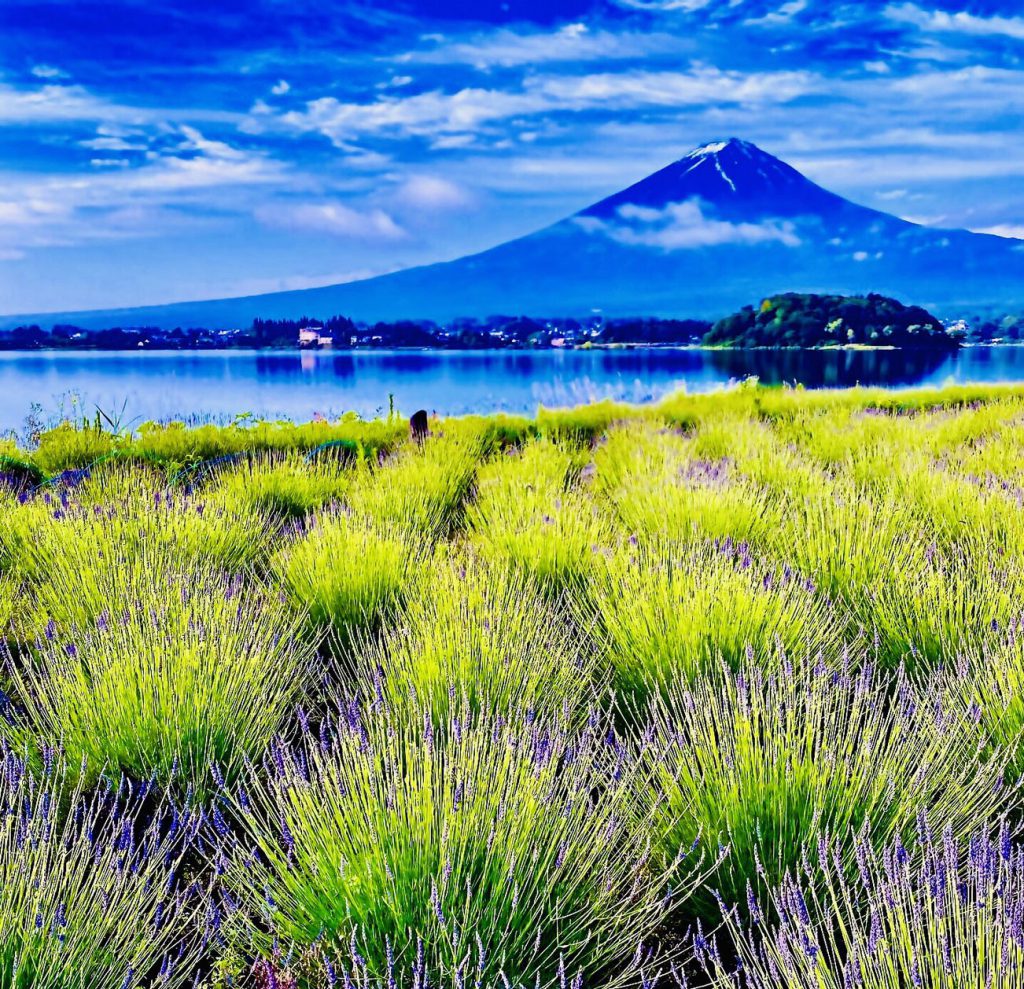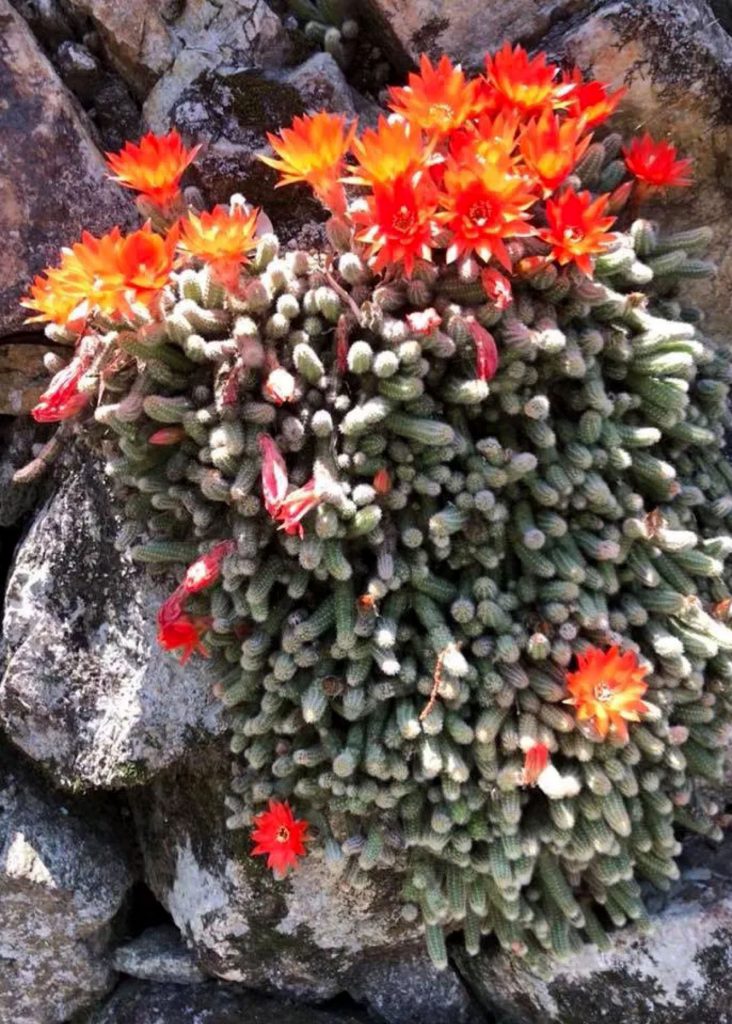
Byakudan cacti are blooming cute flowers on the stone wall of an abandoned house where no one lives now. The life of each flower is as short as 2 days, but since it blooms one after another, it will continue to bloom for a while as a whole. There is a semi-parasitic plant known as the fragrant tree of the same name, “Byakudan(sandalwood)”, but Byakudan cactus has almost no scent. It is popular for its soft white spines and its unique shape that stretches, and it resembles a peanut shell, as it is called Peanuts cactus in English. It is native to northwestern Argentina and grows naturally in the arid regions of the Andes. If you take too much care, it gets cross at your care and may not make the flowers bloom, but there is also a strange that can make the flowers bloom vigorously in the gap between the block wall and the asphalt from the fragments. There seems to be a fairly tough nature that can withstand the cold of midwinter.
今は住む人もいない廃屋の石垣に白檀サボテンが可愛い花を咲かせています。ひとつひとつの花の寿命は2日と短いですが、次々に咲くので全体としては暫く咲き続けます。同名の「白檀」という香木として知られる半寄生植物がありますが、白檀サボテンにはほとんど香りがありません。真っ白な柔らかい棘とニョキニョキ伸びるユニークな形状が人気で、英名ではピーナッツ・カクタスと呼ばれるようにピーナッツの殻にも似ています。アルゼンチン北西部原産で、アンデス山脈の乾燥地帯に自生します。世話をし過ぎるとつむじを曲げて花を咲かせないことがありますが、かけらからブロック塀とアスファルトの隙間で元気よく花を咲かせるヤツもいる変わり者で、真冬の寒さにも負けないかなりタフな性質ではあるようです。

